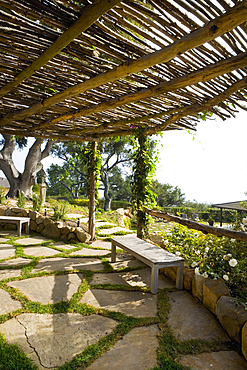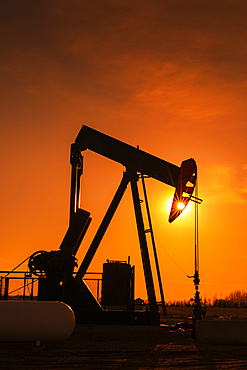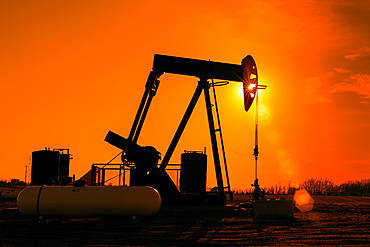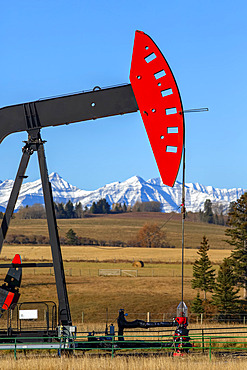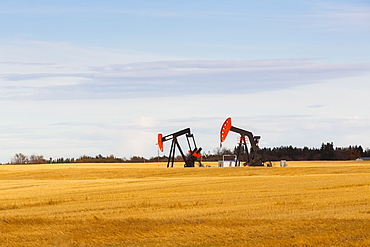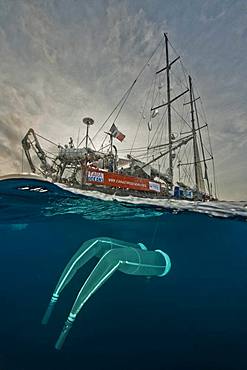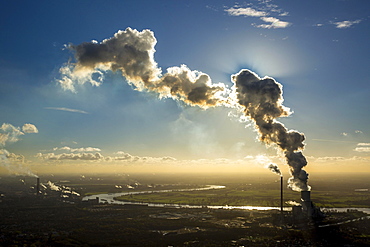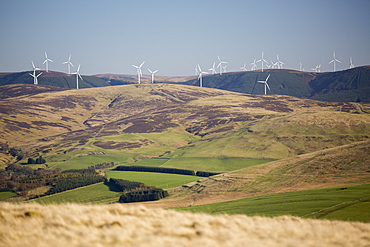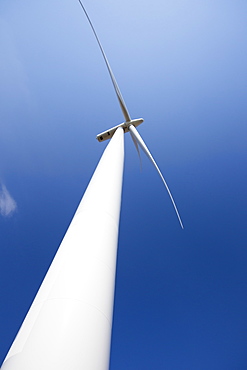Recent searches
Loading...
1178-40999 - Smiling gay Black man leaning on concrete wall
1178-41001 - Smiling gay Black man texting in chair outdoors
1178-40963 - Exterior of an elegant courtyard and pool
1178-40998 - Gay Black man texting in empty parking lot
1178-41000 - Serious gay Black man posing near window
1178-41002 - Smiling gay Black man holding denim jacket
1178-40972 - Glass platter holding coffee cake on counter near window
1178-40970 - Old wooden bench under a large canopy on stone patio
1348-3116 - Carbon Dioxide Hazard Area warning sign around Horseshoe Lake, Inyo National Forest
1348-3115 - Carbon Dioxide Hazard Area warning sign around Horseshoe Lake, Inyo National Forest
1116-52028 - White knit sweater on mannequin; Studio
1116-50613 - Pumpjack in a field with the foothills and snow-covered Rocky mountains in the background; Alberta, Canada
1116-50712 - Trans-Alaska Pipeline, Interior Alaska in summertime; Fairbanks, Alaska, United States of America
1116-52020 - Close-up of a red and green knitted garments folded together and laying on a wooden table; Studio
1116-52032 - Three beige knit sweaters folded in a pile; Studio
1116-51573 - Man working on a laptop and smart phone with an oil refinery in the background; Alberta, Canada
1116-52019 - Extreme close-up of the cuff of a grey knit sweater; Studio
1116-52015 - Knit scarves tied on display on a metal rack; Studio
1116-52014 - A grey knit sweater draped with a red knit scarf displayed on a hanger on a black background; Studio
1116-50713 - Trans-Alaska Pipeline, Interior Alaska in summertime; Fairbanks, Alaska, United States of America
1116-52016 - Knit hat and scarf sets on display; Studio
1116-52022 - Collar and neckline of a grey cardigan sweater with yellow stitching; Studio
1116-52018 - Extreme close-up of the cuffs and button on a grey knit sweater; Studio
1116-52031 - Three knit sweaters folded in a pile; Studio
1116-50711 - Trans-Alaska Pipeline, Interior Alaska in summertime; Fairbanks, Alaska, United States of America
1116-50614 - Pumpjack in a field with the foothills and snow-covered Rocky mountains in the background; Alberta, Canada
1350-18 - Gum Nebula area of Vela and Puppis. Taken from Atacama Lodge, Chile, March 19, 2010, with modified Canon 5D MkII and Sigma 50mm lens at f/4, for stack of 10 x 6 minute exposures (Mean combined) at ISO 800 plus 2 x 6 minutes with Kenko Softon filter. High contrast boost and Selective Colour adjustments to bring out nebulocity while retaining neutral sky.
1350-96 - The partial eclipse of the Sun, October 23, 2014, as seen from Jasper, Alberta, in this case shot through thin cloud but that makes for a more interesting photo than one in a clear sky. This is still shot through a mylar filter, on the front of a 66mm f/6 apo refractor using the Canon 60Da for 1/25 sec exposure at ISO 100. The colours are natural, with the mylar filter providing a neutral 'white light' image. With the Sun dimmed a lot by cloud, the longer exposure allowed picking up light and colours in the surrounding clouds.
1350-97 - The partial eclipse of the Sun, October 23, 2014, as seen from Jasper, Alberta, shot under clear skies through a mylar filter, on the front of a 66mm f/6 apo refractor using the Canon 60Da for 1/8000 (!) sec exposure at ISO 100. The colours are natural, with the mylar filter providing a neutral 'white light' image. The big sunspot on the Sun that day is just disappearing behind the Moon's limb. The mylar filter gave a white Sun, its natural colour, but I have tinted the Sun's disk yellow for a more pleasing view that is not just white Sun/black sky.
1116-48370 - Working pumpjacks in the middle of a golden wheat field, post harvest, Edmonton, Alberta, Canada
1116-46781 - Pregnant Woman Sitting Cross-Legged On Bed With Hands On Top Of And Underneath Stomach, Toronto, Ontario, Canada
860-287450 - Tara Oceans Expeditions - May 2011. Tara with deployed plancton nets. On "station", the boat is drifting without engine or sails. Tara Oceans, a unique expedition: Tara Oceans is the very first attempt to make a global study of marine plankton, a form of sea life that includes organisms as small as viruses and bacterias, and as big as medusas. Our goal is to better understand planktonic ecosystems by exploring the countless species, learning about interactions among them and with their environment. Marine plankton is the only ecosystem that is almost continuous over the surface of the Earth. Studying plankton is like taking the pulse of our planet. Recently, scientists have discovered the great importance of plankton for the climate: populations of plankton are affected very rapidly by variations in climate. But in turn they can influence the climate by modifying the absorption of carbon. In a context of rapid physico-chemical changes, for example the acidification observed today in the world's oceans, it is urgent to understand and predict the evolution of these particular ecosystems. Finally, plankton is an astonishing way of going back in time ? a prime source of fossils. Over the eons, plankton has created several hundred meters of sediment on the ocean floors. This allows us to go back in time, to the first oceans on Earth, and better understand the history of our biosphere. More than 12 fields of research are involved in the project, which will bring together an international team of oceanographers, ecologists, biologists, geneticists, and physicists from prestigious laboratories headed by Eric Karsenti of the European Molecular Biology Laboratory. Galapagos
1116-43560 - Lonely, Dilapitated, Abandoned Homestead On The Prairies Surrounded By Dying Grass, Trees And Hay Bales, Carbon, Alberta, Canada
1116-41698 - Misty morning at the little cheyne court wind farm at romney marsh, Kent east sussex england
1116-41699 - Misty morning at the little cheyne court wind farm at romney marsh, Kent east sussex england
857-95443 - A woman subsistence farmer cooking on a traditional clay oven, using rice stalks as biofuel in the Sundarbans, Ganges, Delta, India. the area is very low lying and vulnerable to sea level rise. All parts of the rice crop are used, and the villagers life is very self sufficient, with a tiny carbon footprint.
857-95441 - A villager woman in a remote subsistence farming village on an island in the Sundarbans, the Ganges Delta in Eastern India that is very vulnerable to sea level rise. She is cooking on a traditional clay oven, fueled by biofuel (rice stalks), low carbon cooking.
857-94641 - The Muni Seva Ashram in Goraj, near Vadodara, India, is a tranquil haven of humanitarian care. The Ashram is hugely sustainable, next year it will be completely carbon neutral. Its first solar panels were installed in 1984, long before climate change was on anyones agenda. Their energy is provided from solar panels, and wood grown on the estate. Waste food and animal manure is turned inot biogas to run the estates cars and also used for cooking. Solar cookers are also used, and the air conditioning for the hospital is solar run. 70 % of the food used is grown on the estate. They provide an orphanage, schools for all ages, vocational training, care for the elderly, a specialist cancer hospital withstate of the art machinary, and even have a solar crematorium. This shot shows solar panels that focus the suns rays on heat exchangers to boil oil, which is then sent down to the kitchens below to heat the cookers.
911-10816 - Wildfire damage in Yosemite National Park, California, USA. Most of California is in exceptional drought, the highest classification of drought, which has lead to an increasing number of wild fires.
1104-633 - Masdar City, the world's first zero-carbon, car and skyscraper-free city, Abu Dhabi, United Arab Emirates, Middle East
1104-634 - Masdar City, the world's first zero-carbon, car and skyscraper-free city, Abu Dhabi, United Arab Emirates, Middle East
1226-99 - Masdar City, a carbon neutral building project relying on solar energy and other renewable power sources, Abu Dhabi, United Arab Emirates, Middle East
1226-102 - Masdar City, a carbon neutral building project relying on solar energy and other renewable power sources. Abu Dhabi, United Arab Emirates, Middle East
1226-104 - Masdar City, a carbon neutral building project relying on solar energy and other renewable power sources, Abu Dhabi, United Arab Emirates, Middle East
832-378640 - Aerial view, Kraftwerk Westfalen power plant, RWE Power, coal power plant, former nuclear power plant THTR Hamm-Uentrop, Welver, Ruhr district, North Rhine-Westphalia, Germany, Europe
832-378637 - Neurath lignite power plant, RWE Power energy company, vapor cloud, plume, emission, Grevenbroich, Rhineland, North Rhine-Westphalia, Germany, Europe
832-378635 - Coal power plant Scholven, E.ON Kraftwerke, cooling towers, chimneys, smoke, Gelsenkirchen, Ruhr district, North Rhine-Westphalia, Germany, Europe
832-378636 - Neurath lignite power plant, behind Niederau üem power plant, RWE Power energy company, vapor cloud, plume, emission, Grevenbroich, Rhineland, North Rhine-Westphalia, Germany, Europe
832-378633 - Emschermündung, River Emscher and Rhine, coal power plant, Dinslaken, Ruhr district, North Rhine-Westphalia, Germany, Europe
832-378638 - Neurath lignite power plant, RWE Power energy company, vapor cloud, plume, emission, Grevenbroich, Rhineland, North Rhine-Westphalia, Germany, Europe
832-378634 - Coal power plant Scholven, E.ON Kraftwerke, cooling towers, chimneys, smoke, Gelsenkirchen, Ruhr district, North Rhine-Westphalia, Germany, Europe
832-378639 - Neurath lignite power plant, RWE Power energy company, vapor cloud, plume, emission, Grevenbroich, Rhineland, North Rhine-Westphalia, Germany, Europe
832-378603 - Frimmersdorf Power Station, RWE Power, lignite power plant, Grevenbroich, Rhineland, North Rhine-Westphalia, Germany, Europe
832-378607 - Kraftwerk Voerde coal power plant on the Rhine, emissions, smoke, smokestacks, cooling tower, Voerde, Ruhr district, North Rhine-Westphalia, Germany, Europe
832-378602 - Frimmersdorf Power Station, Neurath Power Station, BoA 2 and 3, Niederaussem Power Station, Frimmersdorf Power Station, RWE Power, lignite power plant, Grevenbroich, Rhineland, North Rhine-Westphalia, Germany, Europe
832-378604 - Neurath Power Station BoA and 2u3 Neurath Power Station, Niederaussem Power Station behind, RWE Power, lignite power plant, Grevenbroich, Rhineland, North Rhine-Westphalia, Germany, Europe
832-378605 - Coal plant Kraftwerk Duisburg-Walsum in front of the Rhine, backlit, cloud of smoke, emissions, Ruhr district, Duisburg, North Rhine-Westphalia, Germany, Europe
832-378606 - Kraftwerk Voerde coal power plant on the Rhine, emissions, smoke, smokestacks, cooling tower, Voerde, Ruhr district, North Rhine-Westphalia, Germany, Europe
832-378620 - Coking plant, steel plant by the Rhine, furnaces Schwelgern 1 and 2, cooling tower of coal power plant Duisburg Walsum behind, ThyssenKrupp Steel Europe, Hamborn, Duisburg, North Rhine-Westphalia, Germany, Europe
832-378619 - Power plant blocks F and G, brown coal power plant Neurath, RWE Power AG, Grevenbroich-Neurath, North Rhine-Westphalia, Germany, Europe
832-378596 - E.ON Scholven Power Station, Gelsenkirchen, Ruhr district, North Rhine-Westphalia, Germany, Europe
857-92062 - Aerial view of coal-fired power plant in Asheville, NC
857-92063 - Aerial view of coal-fired power plant in Asheville, NC
832-378379 - Aerial view, low clouds, Gersteinwerk of RWE Power, coal-fired power plant, temperature inversion, Bockum-Hövel, Hamm, Ruhr Area, North Rhine-Westphalia, Germany, Europe
832-378380 - Westfalen coal-fired power plant of RWE Power in the sunrise, Hamm, Ruhr district, North Rhine-Westphalia, Germany, Europe
832-378374 - Aerial view, Westfalen RWE power plant, RWE Power coal-fired power station, next to the former THTR nuclear power plant, Hamm, Ruhr district, North Rhine-Westphalia, Germany, Europe
911-10866 - Foulshaw nature reserve, a lowland raised bog in South Cumbria, UK, planted by the forestry commission, years ago, it is now being restored to its former condition.
911-10865 - Foulshaw nature reserve, a lowland raised bog in South Cumbria, UK, planted by the forestry commission, years ago, it is now being restored to its former condition.
911-10867 - Foulshaw nature reserve, a lowland raised bog in South Cumbria, UK, planted by the forestry commission, years ago, it is now being restored to its former condition.
911-10820 - A forest fire destroys an area of forest in the Little Yosemite Valley in the Yosemite National Park, California, USA. Following four years of unprecedented drought, wildfires are becoming increasingly common. This fire was started by a lightening strike.
911-10814 - Wildfire damage in Yosemite National Park, California, USA. Most of California is in exceptional drought, the highest classification of drought, which has lead to an increasing number of wild fires.
911-10741 - A Wind farm in the Southern uplands of Scotland near Biggar, viewed from Tinto Hill.
911-10746 - The Clyde Wind Farm in the Southern Uplands of Scotland near Biggar. It is one of europes largest incorporating 152 wind turbines that produce 350 MW and covers 47 square kilomtres
911-10748 - A raised bog being harvested for peat near Douglas water in the Southern Uplands of Scotland. Raised bogs re rare threatened habitats and important carbon sinks that should not be exploited.










